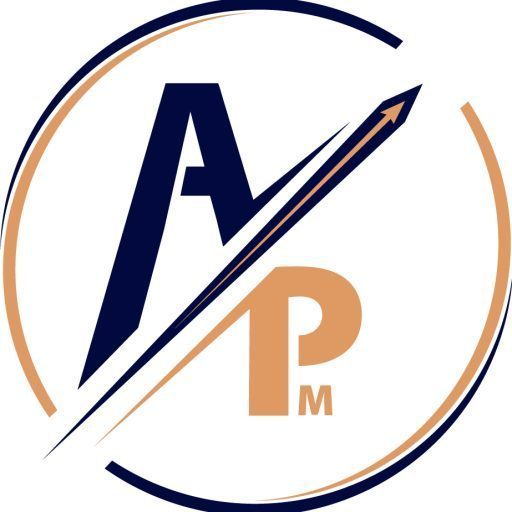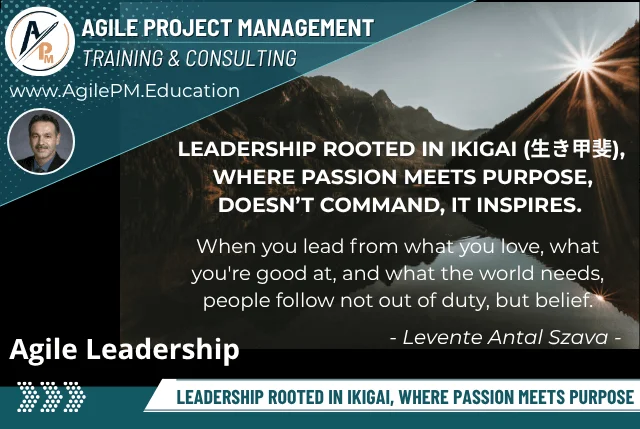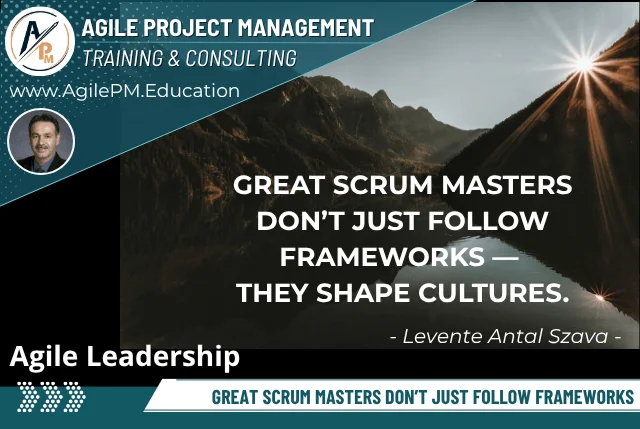My journey to Becoming a Professional Scrum Master and Agile Coach

My journey to becoming a professional Scrum Master has been one of dedication and growth. Through ten essential steps, I’ve acquired the skills and knowledge needed to excel in this dynamic role. This narrative offers insights into my evolution as a Scrum Master and Agile Coach.
Step 1: Understanding the Role
As someone with a strong interest in the world of agile methodologies, I began my journey into becoming a professional Scrum Master about a decade ago. To start, I delved into researching the responsibilities, skills, and significance of the Scrum Master role in fostering teamwork and productivity.
Step 2: Gaining Knowledge
I realized that to excel as a Scrum Master, I needed to build a solid foundation in Scrum framework principles. I enrolled in courses, attended workshops, and devoured books on Scrum practices, user stories, sprint planning, and agile values. This knowledge equipped me with the fundamental understanding I needed to succeed.
Step 3: Applying Concepts
I didn’t stop at theory. I actively sought opportunities to apply what I’d learned by joining agile projects, often starting as a team member to observe Scrum in action. I closely watched how Scrum Masters facilitated meetings, removed impediments, and ensured collaboration. This hands-on experience helped me grasp the practical side of the role.
Step 4: Seeking Mentorship
Recognizing the value of learning from experienced professionals, I proactively reached out to established Scrum Masters for guidance and mentorship. Their insights and feedback provided me with invaluable practical advice on overcoming challenges and making informed decisions.
Step 5: Obtaining Certification
I recognized that formal certification would enhance the credibility of my skills. Consequently, I made the choice to pursue Scrum Master certification from reputable organizations like Scrum.org. This journey entailed successfully passing a couple of professional exams that assessed my understanding of Scrum practices. Moreover, I’m actively engaged in ongoing learning through cross-trainings, preparing for certifications from other esteemed organizations such as Scrum Alliance and SAFe.
Step 6: Developing Soft Skills
I also realized that successful Scrum Masters excel not only in technical knowledge but also in soft skills. I dedicated myself to improving my communication, facilitation, conflict resolution, and leadership skills, all of which are essential for guiding teams effectively.
Step 7: Facilitating Collaboration
Armed with a deeper understanding of Scrum, I actively took on the role of facilitating collaboration within my teams. I made sure that the Scrum events, such as daily scrums, sprint plannings, reviews, and retrospectives, were conducted effectively, fostering open communication and continuous improvement.
Step 8: Problem Solving
I faced a variety of challenges that truly tested my problem-solving abilities. However, instead of avoiding them, I chose to embrace these situations as opportunities to showcase my value. I applied root cause analysis, collected input from team members, and introduced solutions that significantly improved the team’s efficiency.
Step 9: Continuous Learning
I have recognized that the agile landscape evolves rapidly, so I have been committed to continuous learning. I have been attending conferences, webinars, and workshops to stay up-to-date with the latest trends in Scrum and agile methodologies.
Step 10: Sharing Knowledge
Having grown into a professional Scrum Master, I have felt a strong desire to give back to the community. I have started blogging, spoken at events, and mentored aspiring Scrum Masters. By sharing my experiences and insights, I have aimed to help others embark on the same rewarding journey.
Through dedication, learning, and continuous improvement, I transformed into a professional Scrum Master. My commitment to facilitating collaboration, removing obstacles, mentoring, and training, and guiding teams paved the way for successful projects and a thriving agile environment.
Share on


